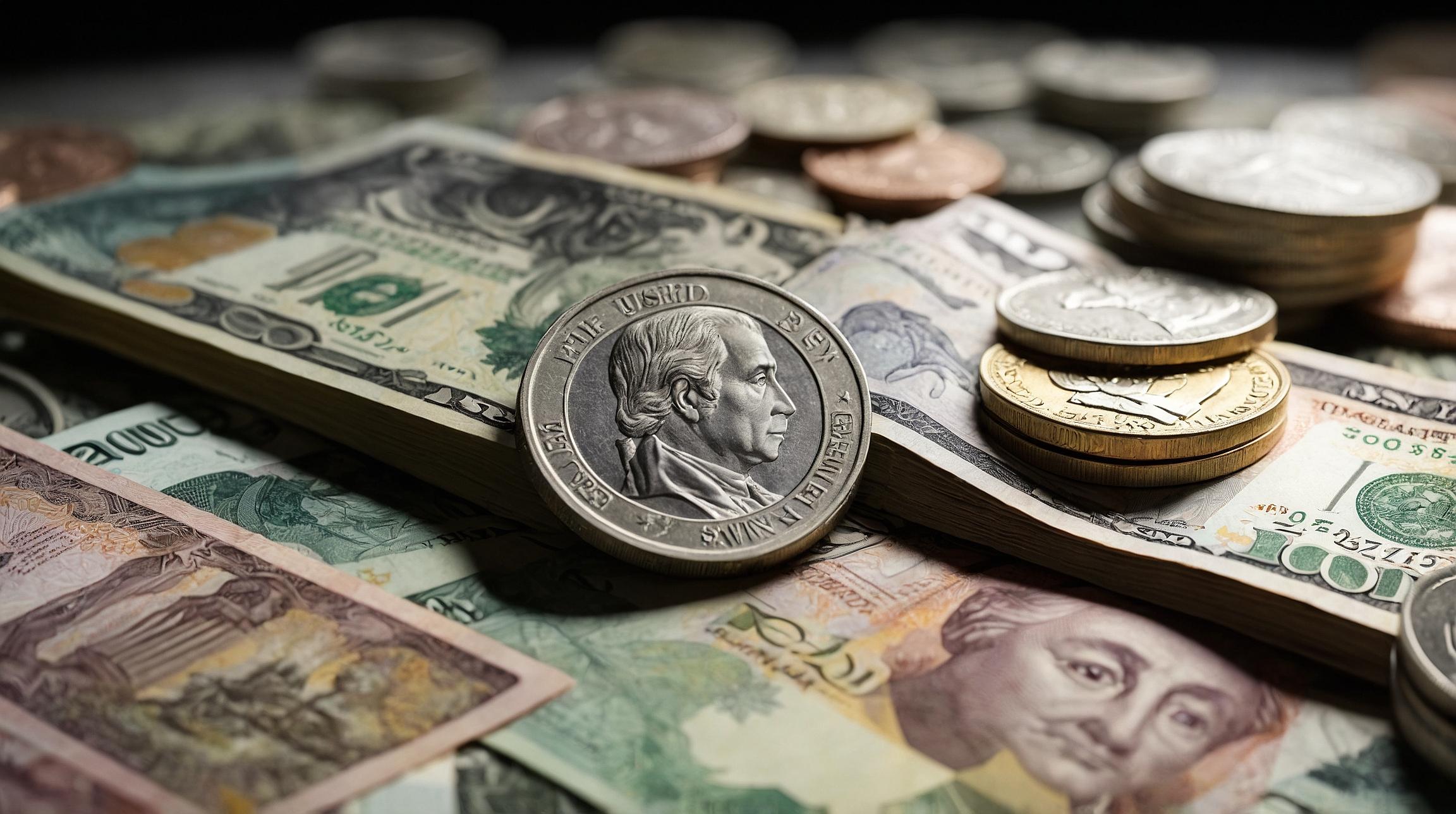Understanding Safe-Haven Currencies
When geopolitical tensions rise, like those currently escalating in the Middle East, investors often seek out safe-haven currencies. These are currencies perceived as stable and less likely to fluctuate dramatically. Safe-haven currencies include the Yen (JPY), the U.S. Dollar (USD), and the Swiss Franc (CHF).
Why Safe-Haven Currencies Rise
During uncertain times, investors prefer to park their money in currencies that historically maintain their value. This week, the U.S. Dollar and the Japanese Yen rallied due to increased tensions between Israel and Hezbollah. Such tensions push investors to seek protection against volatility, driving up the demand and value of these currencies.
Impact of Middle East Tensions
Recent missile exchanges between Israel and Hezbollah have created a significant uptick in geopolitical risks, prompting investors to move towards safer investments. This shift was also reflected in the rise of oil prices, which jumped by about 3% after a previous drop, influencing currencies like the Canadian Dollar that are tied to oil exports.
Currency Market Dynamics
The Dollar Index, which measures the U.S. Dollar's value against six major currencies, increased by 0.2% to 100.84. Meanwhile, the Yen saw gains against the Euro and Swiss Franc, showing its popularity as a safe-haven choice.
Central Bank Influence
The actions and signals from central banks, such as the Federal Reserve in the U.S., also play a crucial role. Federal Reserve Chair Jerome Powell's recent speech indicated a possible interest rate cut next month, which impacts currency values. The prospect of these cuts led to particular movements in the market, as seen with the Yen benefiting more compared to other currencies.
Market Reactions and Predictions
U.S. durable goods orders, considered a gauge of economic health, showed a rise in July, offering some support to the Dollar. However, other economic indicators showed mixed results, which created a nuanced picture for currency traders.
Impact on Other Currencies
The tensions and risk-averse sentiment have pushed currencies like the Australian Dollar, New Zealand Dollar, and Norwegian Crown lower against the U.S. Dollar. Conversely, the Swiss Franc benefited as a safe-haven currency.
Global Economic Sentiment
Globally, the sentiment remains cautious, with the Bank of England showing a slower approach to interest rate cuts compared to the U.S. This nuanced approach reflects the complex global economic landscape influenced by geopolitical events.
For those less familiar with financial terminology, think of safe-haven currencies as the financial world's equivalent of a sturdy shelter during a storm. While other investments might be risky, these currencies are seen as more secure when the market is unpredictable.













